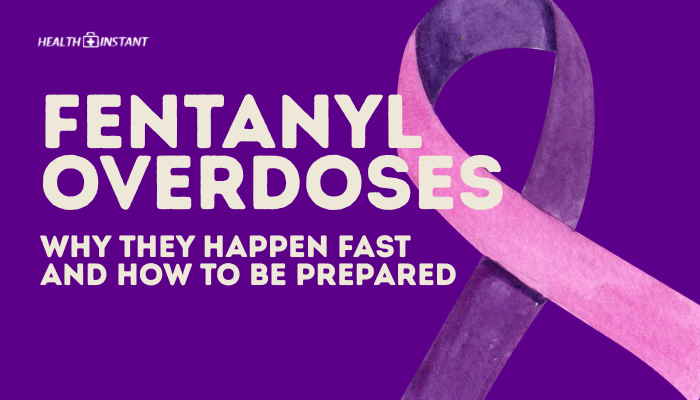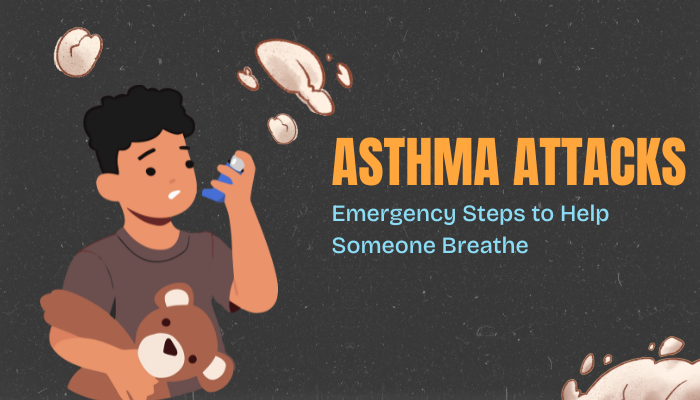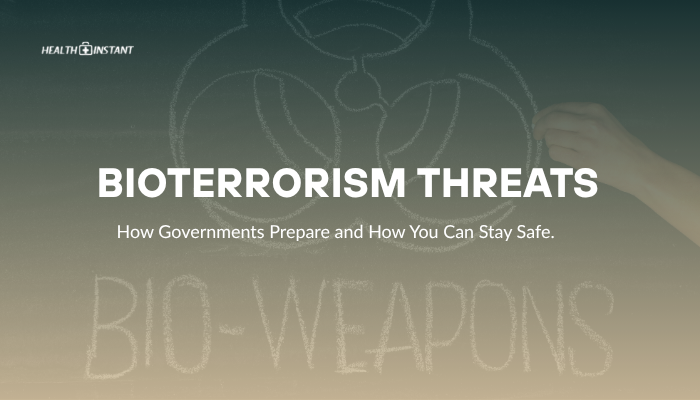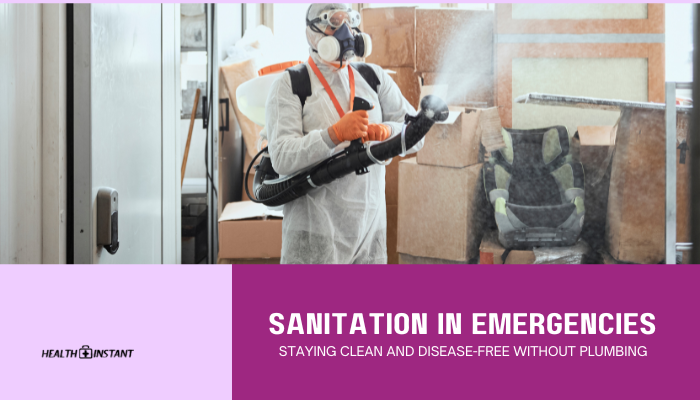Introduction
Fentanyl—a synthetic opioid up to 50 times stronger than heroin and 100 times stronger than morphine—has led to surging overdose rates worldwide. Because of its high potency and quick onset, using fentanyl in even small doses can rapidly depress breathing, resulting in life-threatening overdose.
This guide explains how fentanyl affects the body, how to identify an overdose, and critical steps to be prepared, including the use of the opioid-reversal medication naloxone.
What Is Fentanyl?
Fentanyl is a powerful prescription opioid used medically for severe pain management, such as in cancer treatment or after major surgeries. However, illicitly manufactured fentanyl has become common in illegal drug markets, often mixed into heroin, counterfeit pills, or other substances without a user’s knowledge. This unpredictability drastically raises the danger of accidental or fatal overdoses.
Why Fentanyl Overdoses Happen So Quickly
- High Potency
- Minuscule amounts, measured in micrograms, can produce intense euphoria—but also severe respiratory depression.
- Minuscule amounts, measured in micrograms, can produce intense euphoria—but also severe respiratory depression.
- Rapid Absorption
- Fentanyl can act faster than other opioids, shutting down breathing sooner.
- Fentanyl can act faster than other opioids, shutting down breathing sooner.
- Unknown Concentrations
- Street products often have inconsistent doses. Users might believe they’re taking a weaker opioid, not realizing fentanyl is present.
- Street products often have inconsistent doses. Users might believe they’re taking a weaker opioid, not realizing fentanyl is present.
- Tolerance Levels
- Even experienced opioid users misjudge the strength of fentanyl-laced drugs.
4. Recognizing Signs of a Fentanyl Overdose
Common opioid overdose symptoms include:
- Profound Drowsiness or Unconsciousness
- Inability to wake or respond to shouting or shaking.
- Inability to wake or respond to shouting or shaking.
- Slow or No Breathing
- Gurgling, snoring sounds, or total respiratory arrest.
- Gurgling, snoring sounds, or total respiratory arrest.
- Blue or Grayish Lips and Fingernails
- Due to drastically reduced oxygen (cyanosis).
- Due to drastically reduced oxygen (cyanosis).
- Pinpoint Pupils
- Though not always present, it’s a potential indicator.
- Though not always present, it’s a potential indicator.
- Pallor and Clammy Skin
If you see any combination of these, suspect an opioid overdose and act fast.
Immediate Actions: Naloxone and 911
- Call Emergency Services
- Dial 911 (U.S.) or your local emergency number. Provide the location and details.
- Dial 911 (U.S.) or your local emergency number. Provide the location and details.
- Administer Naloxone (If Available)
- Narcan nasal spray is the most common form. Insert the tip into a nostril and press the plunger.
- If no response in 2–3 minutes, give a second dose (alternate nostril).
- Narcan nasal spray is the most common form. Insert the tip into a nostril and press the plunger.
- Support Breathing
- If you’re trained, perform rescue breaths or chest compressions as guided by dispatch.
- If you’re trained, perform rescue breaths or chest compressions as guided by dispatch.
- Stay
- The person may relapse into overdose once naloxone wears off, so keep monitoring.
- The person may relapse into overdose once naloxone wears off, so keep monitoring.
Prevention Measures and Harm Reduction
- Test Strips
- Fentanyl test strips can detect its presence in pills or powders.
- Fentanyl test strips can detect its presence in pills or powders.
- Never Use Alone
- If possible, have someone check on you, or use overdose prevention hotlines.
- If possible, have someone check on you, or use overdose prevention hotlines.
- Safe Supplies
- Seek syringe exchange or supervised consumption services if available.
- Seek syringe exchange or supervised consumption services if available.
- Education
- Inform friends or family on how to spot overdose symptoms, store naloxone, and call for help.
Community and Family Preparedness
- Carry Naloxone
- Individuals in contact with opioid users, or living in high-risk communities, should keep naloxone on hand.
- Individuals in contact with opioid users, or living in high-risk communities, should keep naloxone on hand.
- Train Others
- Encourage friends, colleagues, or neighbors to learn how to administer naloxone.
- Encourage friends, colleagues, or neighbors to learn how to administer naloxone.
- Open Communication
- If you suspect loved ones use opioids, have honest talks about fentanyl risks, test strips, and overdose signs.
- If you suspect loved ones use opioids, have honest talks about fentanyl risks, test strips, and overdose signs.
Conclusion
Fentanyl overdoses can occur with minimal amounts, making them fast-acting and frequently fatal without immediate intervention. Recognizing overdose symptoms—like unconsciousness, breathing difficulty, or a bluish tinge to the lips—and administering naloxone while calling 911 remains the best chance to save a life.
Additionally, adopting harm reduction practices, carrying naloxone, and fostering open awareness within communities can curb tragic outcomes. With readiness and knowledge, we can help protect ourselves and others from the silent threat of fentanyl.
References
- Centers for Disease Control and Prevention (CDC). (2021). Understanding the opioid overdose epidemic.
- Substance Abuse and Mental Health Services Administration (SAMHSA). (2020). Use of naloxone for opioid overdose.
- Drug Policy Alliance. (2019). Fentanyl: harm reduction strategies.
- American Red Cross. (2022). Recognizing and responding to overdose emergencies.
Disclaimer: This content is for general educational purposes and not a substitute for professional medical or legal advice. Always follow local laws and guidelines regarding naloxone and consult healthcare providers with specific concerns.




